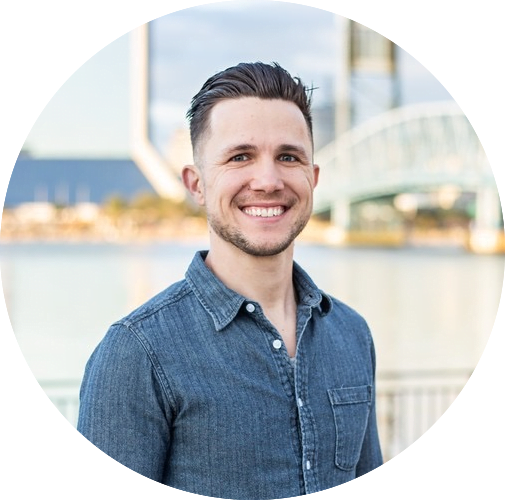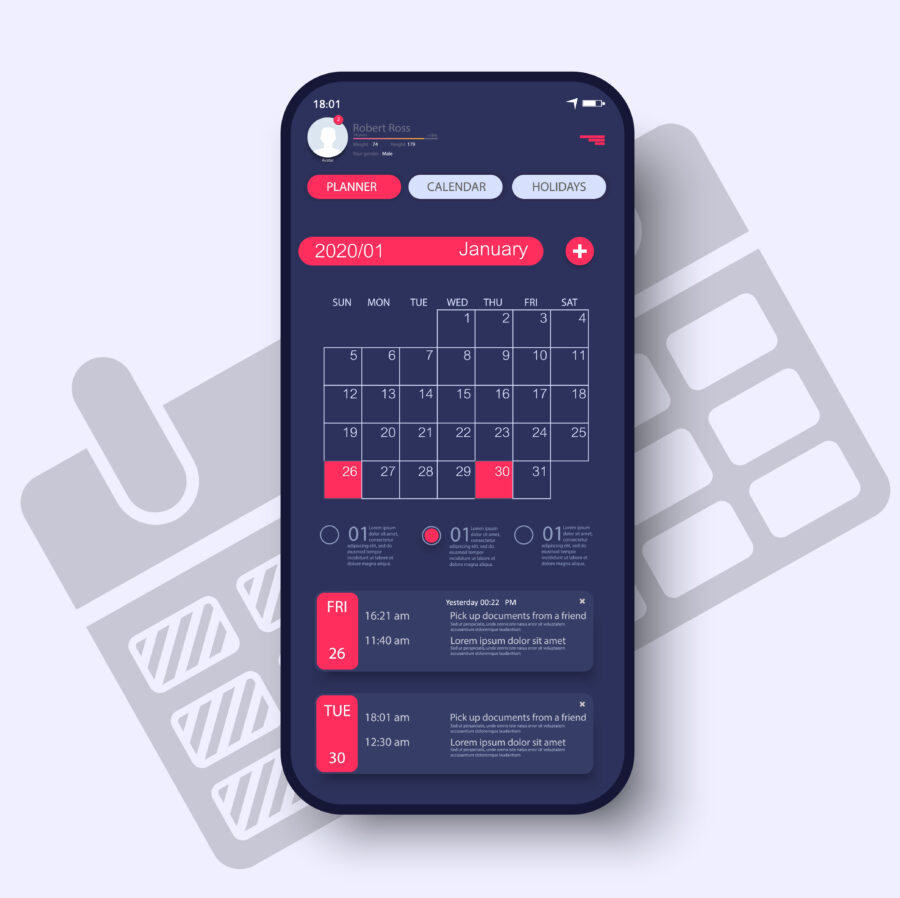Have you ever noticed that when you plan to work on things that support your most ambitious, life-changing goals, you run into a paralyzing form of resistance? If you said yes, you’re not alone.
Many of us have no trouble staying up late to finish reports or presentations for work. Then wake up early to make breakfast and prepare our kids for school. Yet, we never have the drive to make the time to work on long-term goals related to our own health and fitness.
It’s all in your head
This goal attainment mystery has caused researchers to try and understand what causes us to focus on some tasks while we seem to neglect others completely. One of the most interesting things they found was that our brain can ‘rewire’ itself. It does this so we can form new habits and eliminate others. This process is called neuroplasticity. It seems to play a powerful role in helping you achieve long-term goals.
This is different than what was believed years ago when it was thought that after adolescence our brains neural networks were set. This meant that fresh neurons couldn’t be formed to create new habits or learn new skills. Discovering that our brains could create new neural connections isn’t new, but recent findings have unlocked this powerful tool for creating success habits.
In this article, you’ll learn three simple rules that create success habits in the brain. They will allow you to transform your lifestyle and achieve your most important long-term health and fitness goals.
1. Make it challenging
The human brain performs most tasks automatically. That’s how you can arrive at work and hardly remember the drive. Your brain has memorized the route to work so that it can use a minimum amount of energy to get that job done. Now, if you take different streets to work, your brain must focus on the new route. The new route is more challenging to your brain, but the challenge is necessary to generate the amount of focus it takes to overcome autonomic habits and record the new activity as a learned memory.
Autonomic habits are often the resistance that your brain must overcome to rewire itself for success.
This tells us that turning our most ambitious health and fitness goals into a challenge will force us to focus on the new habit and stop letting old habits kick in. However, simply making goals challenging works best when you also…
2. Focus on the reward
Most people find that they are easily distracted when in pursuit of lasting health goals. This is because your brain prioritizes activity based on the reward it receives. But here’s where it gets tricky.
Performing tasks that are more challenging (see rule 1 above), requires more focus and is better for creating new habits. Yet, they also leave you prone to distractions because the brain would rather not work hard to receive its reward.
In fact, the brain would rather choose a distraction that provides instant gratification.
The good news is that by studying people that show a greater ability to change habits we see that gratification is relative. For example, if you want to add one protein shake to your nutrition plan to optimize protein intake to support getting to an ideal weight. You’ll often find that the protein shake suddenly becomes more desirable when you focus on the new body you’ll get by staying on plan. This causes your brain to “choose” the protein shake instead of an unhealthy snack. That is because this activity is now connected to the long-term reward of a new body.
Remember, to constantly connect activities to the long-term goal, and lifestyle change. This helps your brain realize the importance of performing each activity, framing is another successful step toward the person you want to be.
3. Schedule it
So far, we’ve learned that a combination of challenging goals, and connecting activities to the greater reward is best for achieving a lifestyle transformation. Now, we’ll add scheduling, which is the final rule that pulls it all together.
Recent studies with university students clearly show that scheduling study time and putting timelines to papers that are due at the end of a semester is worth up to two full grades better than those with no schedules. Think about it. That work presentation and getting kids off to school, activities we noted above, are both guided by schedules. We could also schedule a time to have that protein shake each day, to solidify that as a habit. Over time, scheduled activities become habits that are integrated into your daily life.
Putting it all together with the MaxLiving 30-Day Challenge
Now that you know the rules that allow you to attain long-term goals and a healthy lifestyle let’s put it to the test.
Rule 1) Look at your calendar and pick a date 30 days in the future. This date will be your finish date, your deadline to create habits that support a healthy lifestyle.
Rule 2) Take a picture of yourself today, and on the first day of every week to see your progress as the weeks go by!
Rule 3) Schedule 2 meals from the Advanced plan. Consume these meals at the time of your choosing
Rule 4) Consume 1 protein shake & your daily supplements each day
Rule 5) Drink half of your body weight in oz of water each day. Ex: If you weigh 140 lbs., drink 70oz of water per day!
Rule 6) Exercise – schedule one 45-minute workout each day. The frequency, intensity, and duration of exercise will be dependent on your personal biochemistry, but we recommend some form of exercise each day.
Rule 7) Chiropractic adjustments / Homecare. Schedule and get adjustments based on your doctor’s weekly recommendations and complete spinal care exercises at home daily.
Step 8) No alcohol or cheat meals! Eliminate alcohol consumption, no meals outside of the advanced plan & no snacking.
Step 9) Build your mindset by reading 10 pages of personal development books
(No audiobooks!).
Speak to your ML Doc about implementing the MaxLiving Challenge in order to achieve long-lasting change.
About the Author
 Zach Zovath graduated with a Bachelor’s degree in Exceptional Education from the University of Central Florida. He continued on to receive his Master’s degree from the College of Education and Human Performance at the University of Central Florida. He is a master-level personal trainer, coach, and health consultant. In addition, his specializations include corrective exercise, performance enhancement, prenatal/postpartum core stability, and exercise therapy. As a result of his education and experience in the health and fitness industry, he has developed fast and effective exercise programs for health care facilities.
Zach Zovath graduated with a Bachelor’s degree in Exceptional Education from the University of Central Florida. He continued on to receive his Master’s degree from the College of Education and Human Performance at the University of Central Florida. He is a master-level personal trainer, coach, and health consultant. In addition, his specializations include corrective exercise, performance enhancement, prenatal/postpartum core stability, and exercise therapy. As a result of his education and experience in the health and fitness industry, he has developed fast and effective exercise programs for health care facilities.







